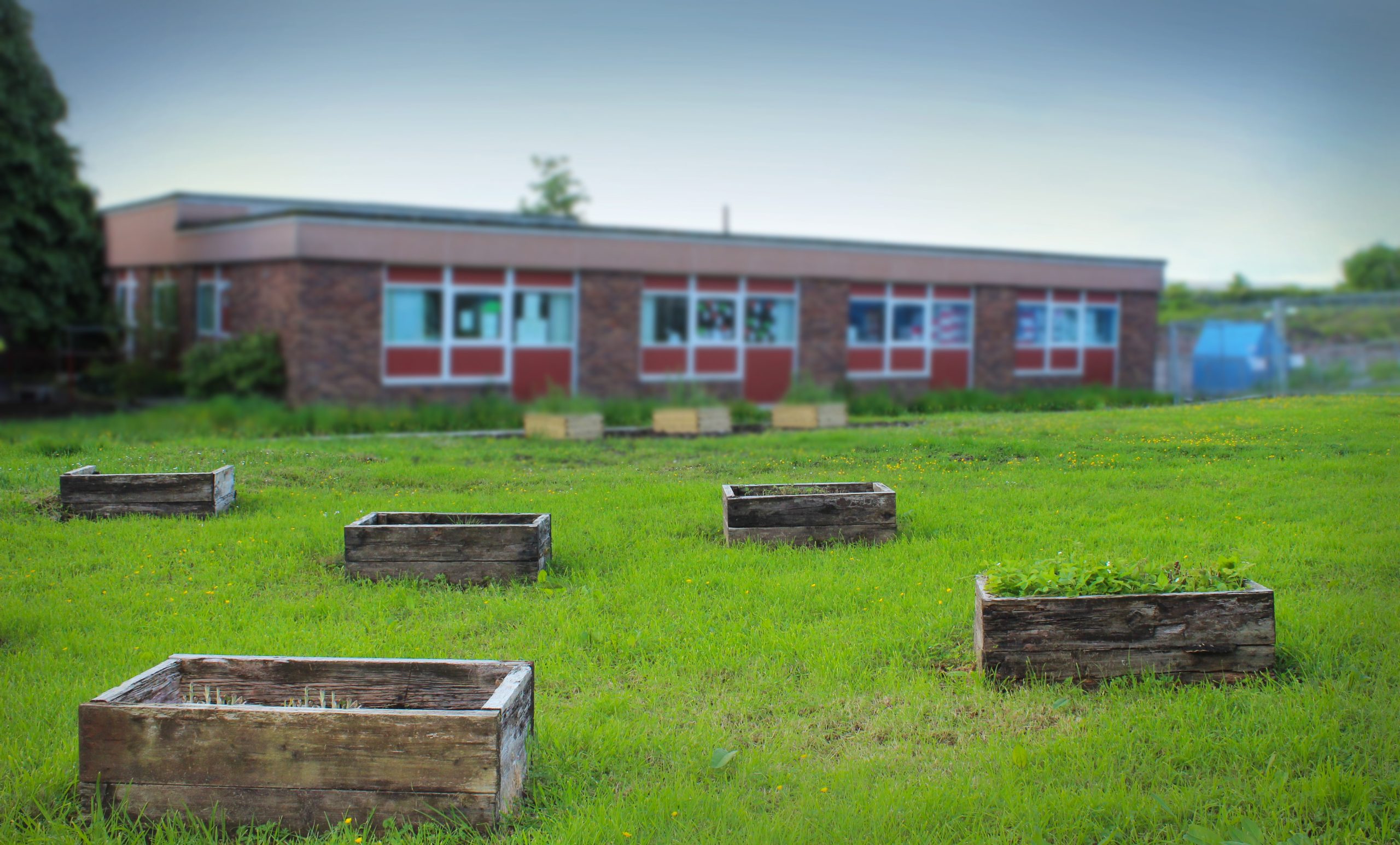 Schools are institutions for learning and public meeting spots for numerous events. People come and go daily and the safety of all visitors is paramount. But what happens when a visitor to a school is injured on the premise? Can a school be held liable for a visitor’s injuries on its campus? The following case out of Kentwood, Louisiana, shows the need for adequate proof when pursuing a trip and fall lawsuit against a school.
Schools are institutions for learning and public meeting spots for numerous events. People come and go daily and the safety of all visitors is paramount. But what happens when a visitor to a school is injured on the premise? Can a school be held liable for a visitor’s injuries on its campus? The following case out of Kentwood, Louisiana, shows the need for adequate proof when pursuing a trip and fall lawsuit against a school.
John Williams went to pick up his grandson at Kentwood High School when he fell on what he described as a hole in front of the gym’s entrance. He filed a lawsuit seeking damages from the Tangipahoa Parish School Board (TPSB). TPSB filed for summary judgment, arguing the case should be dismissed because Williams could not show proof of unreasonable risk of harm at the school. The trial court granted the motion. The judgment was then appealed to the Louisiana Court of Appeal First Circuit.
In reviewing the matter, the appeals court noted TPSB is a public entity and, under the Louisiana Civil Code, a public entity is responsible for damages caused by the condition of buildings within its care and custody. La.R.S. 9:2800A. This legal concept is vicarious liability, in which a person or company is held liable for acts committed by a third party.
To hold TPSB liable for damages, Williams had to show (1) ownership or custody of the building; (2) the owner/custodian knew or, in the exercise of reasonable care, should have known of the ruin or defect; (3) the damage could have been prevented by the exercise of reasonable care; (4) the defendant failed to exercise such reasonable care; and (5) causation. See Broussard v. State ex rel. Office of State Bldgs 113 So.3d 175 (La. 2013).
The appeals court found the custodian of a building is only responsible for injuries caused “by a ruinous condition or defective component part that presents an unreasonable risk of harm to others.” Louisiana courts have created a risk-utility balancing test to determine whether there was indeed an unreasonable risk of harm. These four factors are (1) the utility of the complained-of condition, (2) the likelihood and magnitude of harm, including the obviousness and apparentness of the condition, (3) the cost of preventing the harm, and (4) the nature of the plaintiffs activities in terms of its social utility or whether it is dangerous by nature. The appeals court considered these factors while making its decision.
The appeals court reasoned that a defect that causes an accident does not automatically prove there was an unreasonably dangerous defect present. Old buildings built before the existence of new codes are not required to comply with said codes.
In this case, Williams alleged he fell in a hole at the school’s gym entrance. TPSB’s employees submitted affidavits that alleged they had never received reports of problems with Kentwood High’s gymnasium entrance. A coach at Kentwood High claimed the entrance was used daily and frequently, with no complaints of any dangerous conditions. A professional architect stated the building was built before any building codes were written, and there have been no renovations related to the entrance. He concluded the gym entrance had stayed virtually the same for eighty years – since the building was built.
Williams provided his professional architect, who noted defects with the building, and TPSB failed to maintain its property. The defects were not related to the hole in question, however. With no rebuttal to the fact that no one had ever reported a complaint at the school about the gym entrance, the appeals court was convinced – there was no unreasonable risk of harm.
William’s case demonstrates the principles one will encounter when pursuing an injury lawsuit against a school. It is essential to have enough factual evidence to prove an unreasonable risk of harm in a negligence case such as his. A good lawyer can ensure you meet all the elements necessary to avoid a summary judgment claim.
Additional Sources: JOHN WILLIAMS versus ABC INSURANCE COMPANY, KENTWOOD HIGH SCHOOL, THE LOUISIANA STATE BOARD OF ELEMENTARY AND SECONDARY EDUCATION AND TANGIPAHOA PARISH SCHOOL BOARD
Written by Berniard Law Firm Blog Writer: Gabriela Chilingarova
Other Berniard Law Firm Articles on a School’s Liability: Lafayette Parish School Board Found Liable for School Bus Wrongful Death Lawsuit
 Insurance Dispute Lawyer Blog
Insurance Dispute Lawyer Blog

